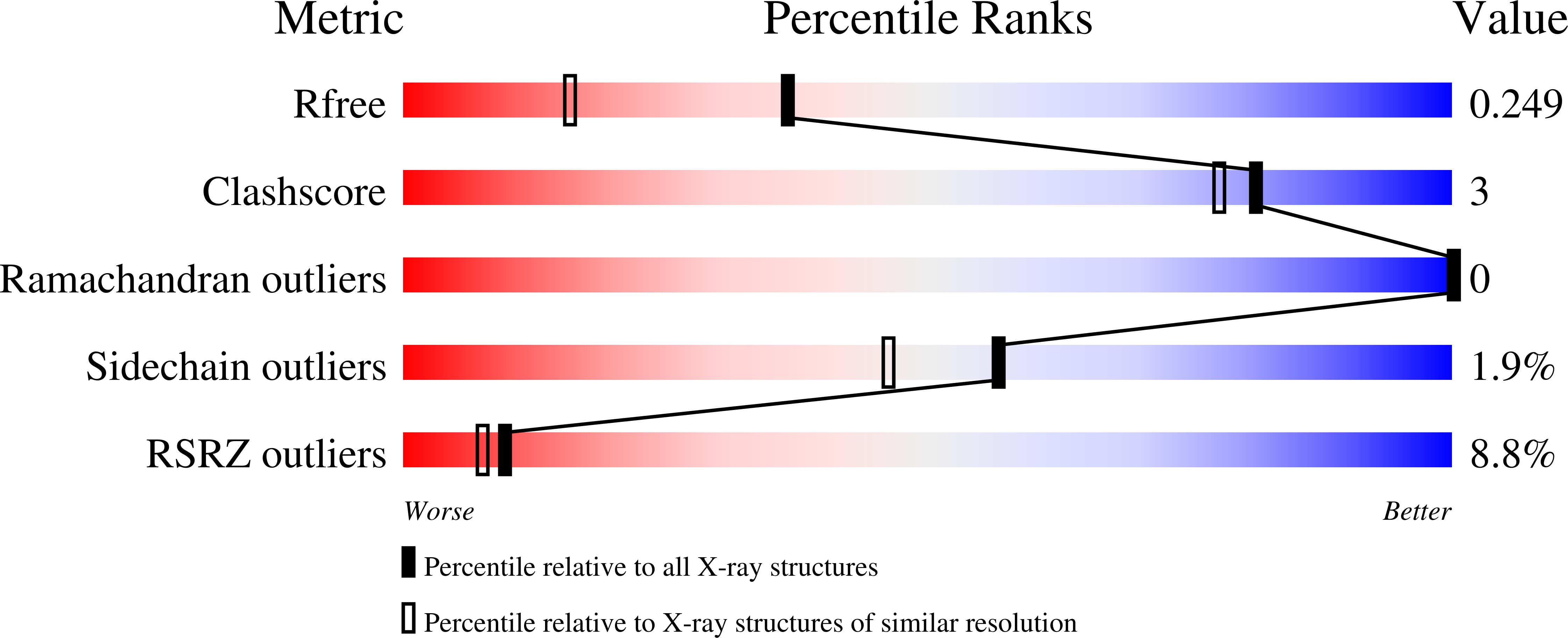
Deposition Date
2007-02-21
Release Date
2008-03-04
Last Version Date
2023-08-30
Entry Detail
Biological Source:
Source Organism:
Borrelia burgdorferi (Taxon ID: 139)
Host Organism:
Method Details:
Experimental Method:
Resolution:
1.80 Å
R-Value Free:
0.22
R-Value Work:
0.18
R-Value Observed:
0.18
Space Group:
P 1 21 1


